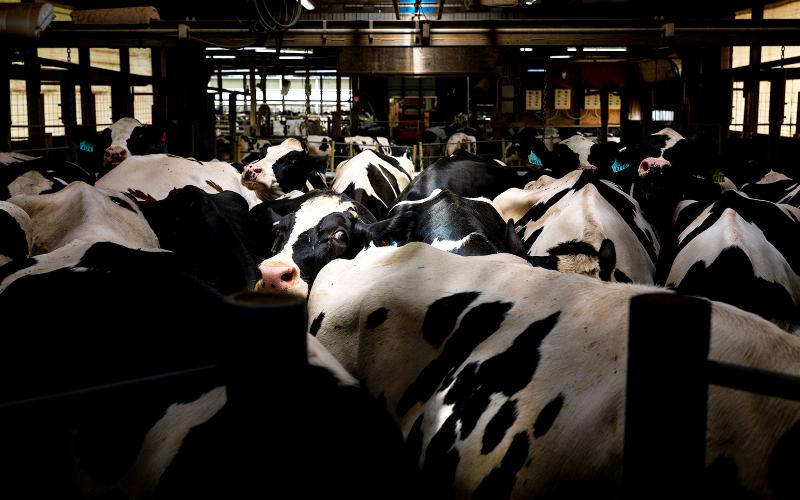US Dairy Industry Sees First Herd Contraction in Nearly a Year

The US dairy sector witnessed a significant event in October 2025 as dairy cow numbers fell by 7,000, the first decline since December 2024. This contraction marks an inflection point after a period of substantial herd growth reminiscent of the expansion seen in the mid-1980s. The October Milk Production report highlighted this unexpected drop, as the industry had been experiencing robust growth with milk production rates increasing over six percent year-over-year.
The decline in cow numbers is largely tied to the ongoing shortage of replacement heifers. The inventory of dairy replacement heifers expected to calve fell to 2.922 million head, the lowest recorded since the USDA began tracking in 2001. The ratio of heifers to cows stands at 41.9, a historic low since 1991. This shortage is partly due to the growing trend of beef-on-dairy breeding, which reduces the number of dairy heifers born.
Economist Corey Geiger from CoBank has pointed out that the tight supply of heifers is expected to persist for the next two to three years due to the long reproductive cycle of dairy cows. The National Association of Animal Breeders reported that beef semen sales to dairy farmers could increase significantly, further constraining dairy herd expansion.
Market conditions, including domestic cheese market struggles and declining export competitiveness due to falling European butter and cheese prices, are also impacting the dairy industry. CME block Cheddar prices have reached their lowest levels since April 2024, indicating a challenging environment for US dairy producers.
Despite the reduction, the national dairy herd still averaged 9.365 million head, only a slight decline from peak levels. However, with milk-per-cow productivity continuing to rise, even minor adjustments in herd size can significantly impact production volumes. The October contraction may signal the beginning of a more sustained adjustment period in the US dairy industry.












